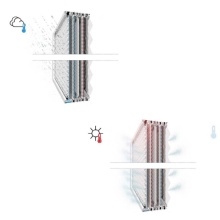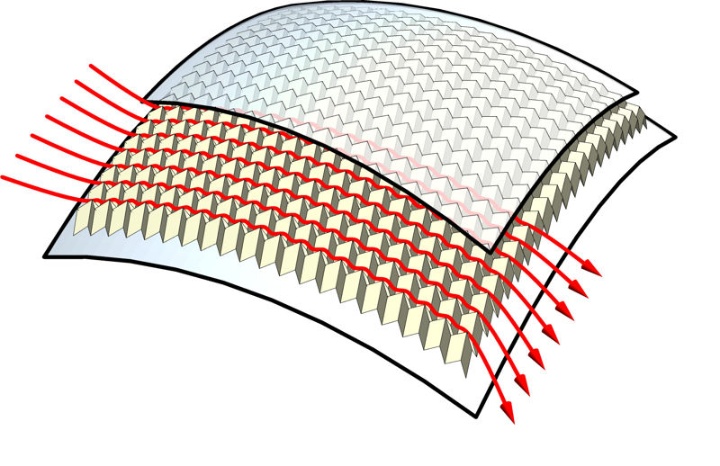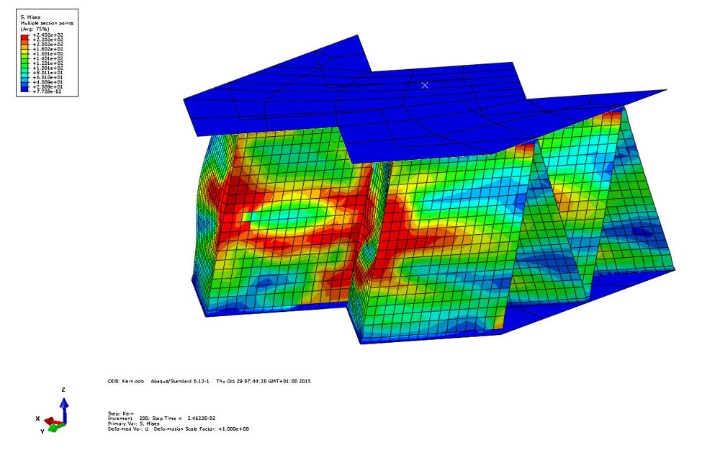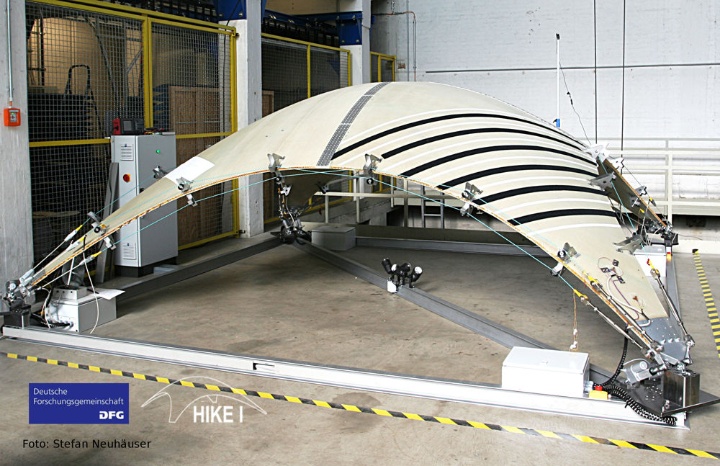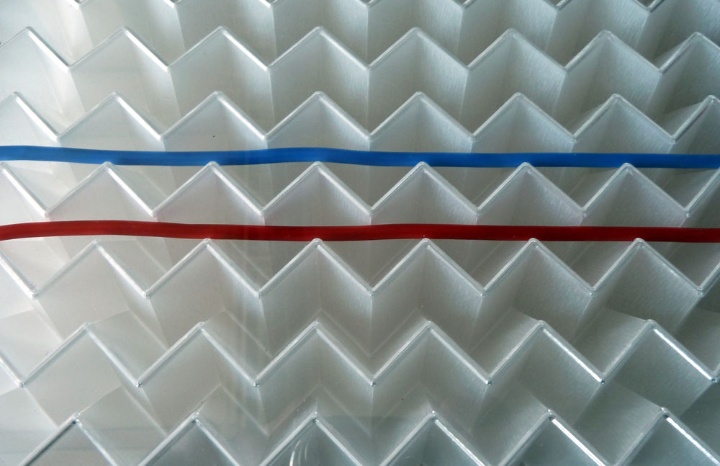Funding Phase II
One focus of the second funding period of SFB1244 is on adaptive building envelopes and their integration and investigation at the demonstrator high-rise building. Subproject C01 takes up exactly this aspect. Crucial for the further development of the subproject is the extension of the existing competences by a strong component from the field of civil engineering and architecture. For this purpose, the expertise of the IFB in the field of manufacturing and actuation of kinematic surface structures gained in the last funding period will be synergistically combined with the design-construction competences of the ILEK in the conceptual design of adaptive, textile- and foil-based facade systems.
Based on the results of the first funding period, the second funding phase will develop an innovative, multifunctional, adaptive façade with a multi-layer envelope structure that revolutionizes the functional spectrum in the façade sector due to its microclimatic and room-climatic effectiveness and adaptivity. A primary goal is the prototypical integration of such a modular façade system into one floor of the demonstrator high-rise building of the SFB 1244. The project is motivated by constantly increasing climatic loads of urban structures due to heat and heavy rain, the management of which places complex demands on future building envelopes.
Subproject C01 thus investigates the potentials of lightweight, kinematically adaptive building envelopes for climate resilience as well as indoor and outdoor climate regulation while maximizing resource savings and poses the following research questions:
- How can adaptive lightweight envelopes with micro- and indoor climatic effectiveness be designed, constructed and manufactured?
- What contribution can such adaptive envelope elements make to resource- and energy-efficient construction and to improving the urban micro- and indoor climate?
Subproject Leader
- Dr.-Ing. Walter Haase, Institute for Lightweight Structures and Conceptual Design
Funding Phase I
To this end, existing but mostly passive structures are converted into multifunctional sandwich elements.
Sandwich structures combine different materials into a new hybrid compound. Because of their advantageous properties they are already an important part in constructive lightweight engineering. They enable the construction of high-performance lightweight shell structures. Sandwich structures currently are divided into two categories: Structural sandwiches primarily fulfill structural tasks, while cover panels are used for design and protective purposes.
In civil engineering and architecture, sandwich panels are widely used as exterior or interior cover elements. Previous and current research shows that sandwich has a much larger potential, which is why C01 looks at two topics of special interest: Active shape change and integration of building-related physical functions. Goal of C01 is the design of innovative sandwich elements with kinematic and physical functionalities.
The following questions are looked at in C01:
- What potential for shape-change is offered by novel sandwich concepts
- How can building-related physical functionalities be integrated into sandwich structures?
Shape-changing lightweight sandwich elements can help to reduce the mass of the skin and necessary substructure, and open up new architectural design possibilities. With a micro- to macroscopic shape-change, the building can adapt to changing environmental and structural conditions. Mobile structures with a small number of kinematic degrees of freedom can enable the coordinated and parallel actuation of numerous small surface elements, which in turn influence physical properties like translucence or ventilation.
The new components are optimized to provide thermal and acoustical insulation, hygric management and lighting functionalities, while avoiding complicated multi-layered constructions that are used in state-of-the-art solutions. A number of concepts to actively influence the thermal and hygric balance of the building are analyzed. Of special interest is the potential of specially designed core structures enabling active fluid transport in structural panels.
The resulting functional sandwich elements will be integrated into the adaptive high-rise building provided by Z01 for demonstration and testing purposes.
Contact

Christina Eisenbarth
M. Sc.Doctoral Researcher


